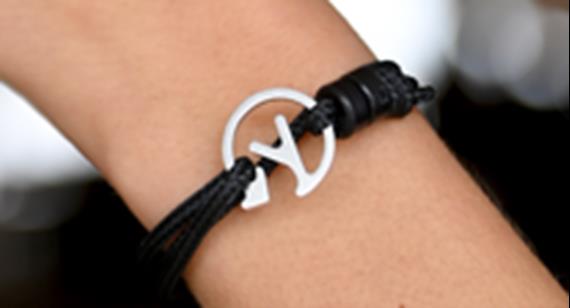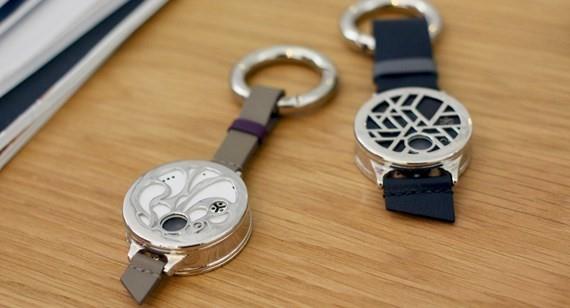So digital manufacturing is fast; it provides excellent process transparency and design flexibility, but how exactly is that impacting the fashion industry daily? Let's take a look at three trends built on the foundations of digital manufacturing:
Sustainable Fashion
The fashion industry could have a better reputation as an eco-friendly one. In fact, many consider it one of the most polluting industries, the 6th highest in 2023, responsible for over 2.1 billion tonnes of Green House Gases per year, according to EcoExperts. The fashion industry has some work to do. Many leading brands have sustainability at the top of their short-term and long-term strategies, with digital manufacturing helping them achieve those goals.
3D printing is a game changer when it comes to minimising waste. As an additive process, it creates clothing one layer at a time and only uses the necessary amount of material required for that item. Plus, the precision accuracy of the process means little to no mistakes happen, reducing the number of scrap products.
Injection moulding is another great option for a more sustainable fashion industry. The process is a fast and cost-effective way to produce high-quality, identical parts in large quantities, so it's ideal for creating plastic components in fashion accessories like buttons, zippers, and buckles. One of the primary ways injection moulding is helping the fashion industry be more sustainable is by creating recycled plastic materials. Many fashion brands use recycled plastics like PET bottles to create products.
Both of these production methods are suitable for small batch sizes and can produce products rapidly, eliminating the long lead times for shipments from overseas. The fact that products can be made locally at speed not only reduces the carbon footprint of the process but also allows for supply chain optimisation, which brings us nicely to our second point.

Reach for Change bracelet injection moulded using pellets made from Lyfecycle’s plastic cups.
Goods on demand
New technologies are allowing fashion brands to radicalise their supply chains. Automation, big data analytics and digital manufacturing enable brands to rapidly source and produce products at shorter lead times, with fewer production partners involved. This agile supply chain brings many benefits:
- A consolidated supply chain is easier to manage. It reduces the opportunity for error or non-conformity, enabling brands to focus on their value-add tasks of designing, promoting and selling clothing.
- The data provided by digital technologies create process transparency, ensuring that sustainable practices are followed throughout every production stage.
- Digital manufacturing processes can be rapid, offering improved lead times and the ability to react to any demand instantly.
This robust supply chain has created a whole new level of agility within the fashion industry, allowing many brands to adopt a goods-on-demand strategy. Brands can now manage consumer demand with a just-in-time production approach, meaning that brands can now fulfil orders when needed rather than guessing what consumer demand will be each season and stockpiling inventory. This is a considerable benefit as it mitigates inventory costs by reducing stock levels, helping cash flow and reducing the risk of unwanted stock going to landfill.
Mass Customisation
More than ever, consumers can customise products to suit their individual needs. Mass customisation isn't a new trend; in 1909, Henry Ford famously said, “A customer can have a car painted any colour he wants as long as it's black”. A coy marketing plan, no doubt, but the Ford Model T was truly customisable, with over 5000 gadgets available to adapt to the car to suit the needs of the individual. Customisation has steadily grown ever since and is now at an all-time high. In her report, The Age of Mass Customization emerges, Veerle Coussee of KPMG claims that "Humanity is now in an Age of Mass Customization", and fashion is right at the forefront of that age.
More and more brands compete to deliver products tailored to customer needs or tastes. Whether it enables customers to determine the colour palette of their shoes or to produce a shirt to their exact dimensions, fashion commerce is becoming dominated by customisation. Unsurprisingly, digital manufacturing has played a massive part in this cultural shift in fashion:
3D printing allows fashion designers to create complex designs and intricate textures that are difficult or impossible to achieve with traditional manufacturing methods. It also allows for quick prototyping and customisation, allowing designers to iterate on their designs quickly, test new ideas, and rapidly produce the customised product. Plus, 3D printing is highly cost-effective in small batches, so you can always print a product to meet the demand if you run out of stock. See how Protolabs' 3D printing helped Zac Posen bring his Met Gala creations to life!

Injection moulding is a fast, cost-effective manufacturing process for producing high-quality, identical parts. Traditionally, fashion brands have had to mass-produce large volumes of identical products to achieve economies of scale. However, Protolabs’ rapid injection moulding makes producing smaller quantities of customised products possible without sacrificing efficiency or quality.
CNC machining is a versatile manufacturing method that produces various fashion products, from jewellery to footwear. It allows for precise cutting, drilling, and shaping of materials like metal, wood, and plastics, resulting in high-quality, intricate designs. CNC machining is also ideal for producing small batches of customised products, allowing designers to offer unique and personalised products to their customers. See how Protolabs' Injection moulding and CNC machining services helped IEVA launch a range of customisable smart jewellery!
